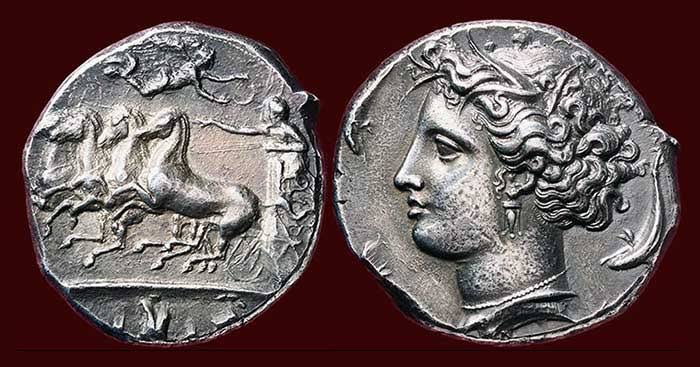
It is a fascinating journey that mirrors the rise and fall of civilizations, and the history of coinage is a reflection of that journey. As of the year 2025, collectors and historians continue to be enthralled by a number of the oldest and most historically significant coins that have ever been struck. These pieces of metal are more than just monetary units; they are tangible links to the past, and each one tells a different story of power, art, and commerce. An in-depth look at ten of the oldest and most significant coins that are currently in circulation is presented here.
List Of Top 10 Oldest Coins In The World 2025
1. The Lydian Stater Electrum Coin
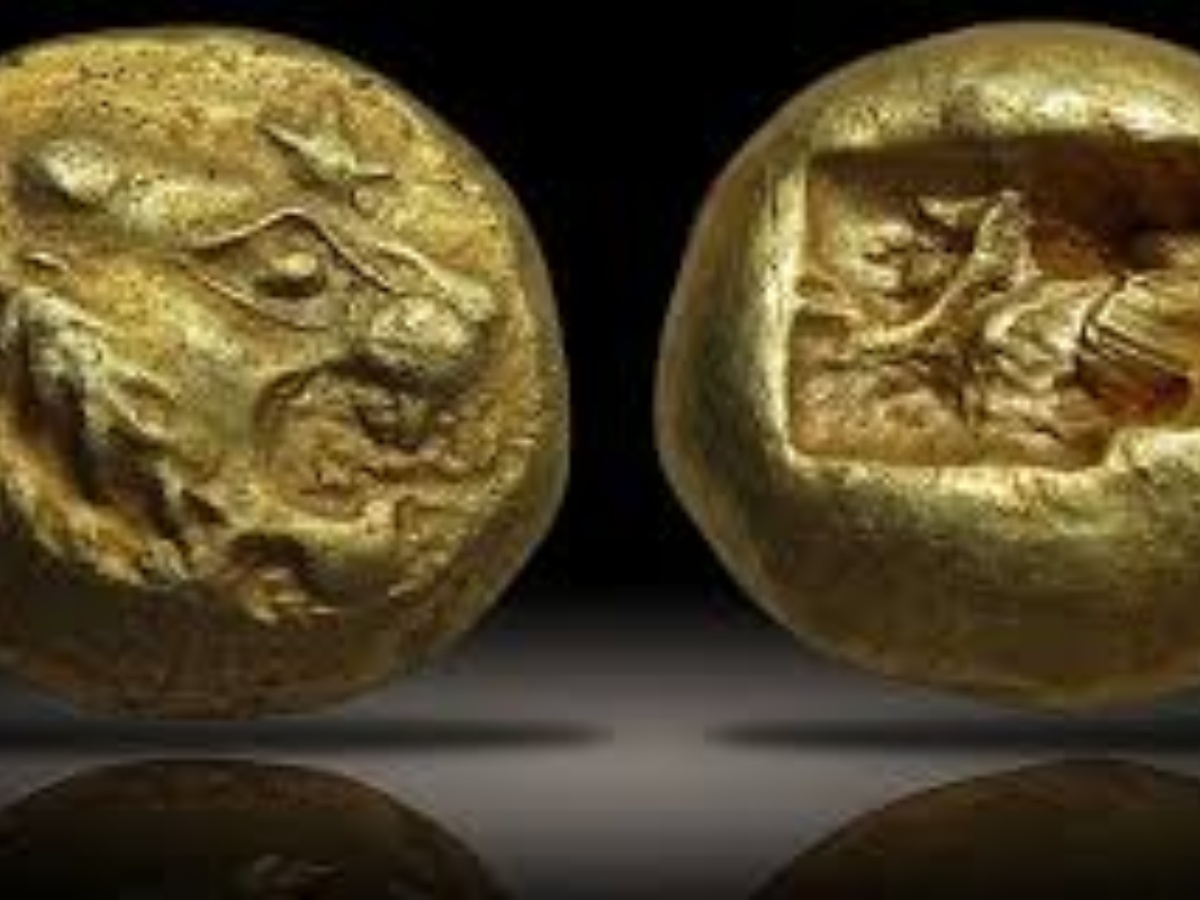
These Lydian Stater Electrum Coins, which date back to the late seventh century BC, are widely regarded as the first coins that can be considered to be genuine. During the reign of King Alyattes of Lydia, which is now known as Turkey, these coins were standardized. They were crafted from electrum, which is a natural alloy of gold and silver, and they featured an image of a roaring lion on one side and an incuse punch mark on the other side. The introduction of these coins marked a significant transition from a system of trade based on bartering to a standardized system of trade, which altered the trajectory of economic history in an irreversible way.
2. The Ancient Greek Athens Decadrachm
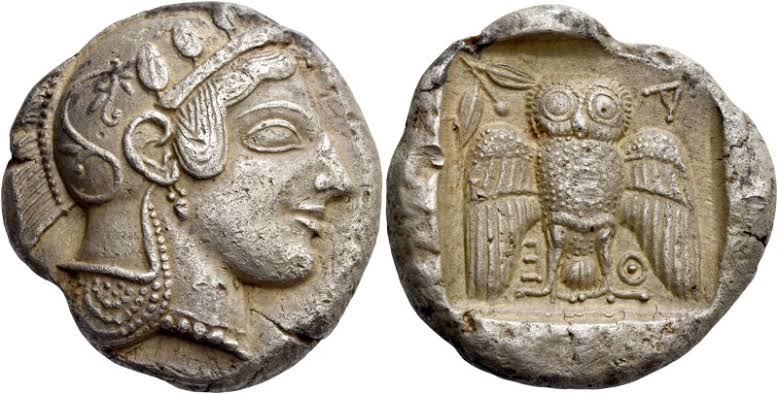
An outstanding example of Greek numismatic art, the Athens Decadrachm was struck in Athens during the fifth century B.C. and is considered a masterpiece. The purpose of these large silver coins was not to be used on a daily basis but rather for significant transactions, such as payments made during wartime. The obverse of the coin depicts the head of Athena, the goddess who is considered to be the patron of the city. On the reverse, the coin features her sacred owl, an olive branch, and the letters “AOE” (which stands for Athens). These coins were a representation of the power and prosperity of Athens, particularly after the Persian Wars.
3. The Akragas Decadrachm
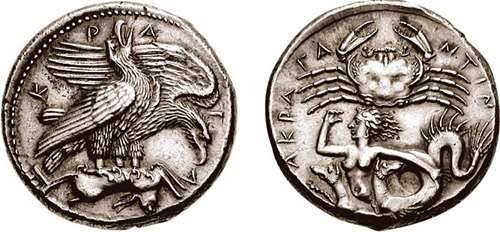
The Decadrachm of Akragas, which originates from the Greek city of Akragas (which is now known as Agrigento in Sicily), is an outstanding example of the artistic prowess of Classical Greece. Typically, this coin, which was struck between the years 409 and 406 BC, depicts a river god or Helios driving a quadriga, which is a type of chariot that is pulled by four horses. On the reverse, there is a depiction of two eagles perched atop a hare, which is a representation of the city’s power and abundance. It is highly likely that these coins were struck in order to commemorate a victory or a particular festival.
4. The Syracuse Decadrachm

The Syracuse Decadrachm is a coin that was struck in the city of Syracuse, which is located in Sicily, between the years 412 and 405 BC. It is famous for its intricate design. These coins, which were engraved by master artisans such as Euainetos and Kimon, commemorated a significant military victory that the Syracusans had achieved over the Athenians. The nymph Arethusa is depicted on the obverse of the coin, surrounded by dolphins. On the reverse of the coin, a victorious charioteer is depicted, crowned by the goddess Nike.
5. The Naxos Tetradrachm
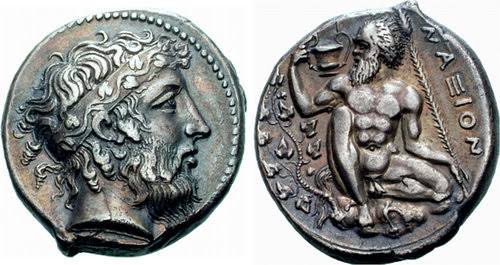
A powerful symbol of the city’s return to autonomy after being displaced by the Syracusan tyrant Hieron in 476 BC, the Naxos Tetradrachm is a piece of currency that originated from the Greek colony of Naxos, which was located on the island of Sicily. A portrait of Dionysus, the god of wine, and a satyr kneeling while holding a wine cup are featured on this masterpiece, which was minted around the year 461 BC when it was created. Not only did the imagery celebrate the colony’s economic power, but it also celebrated its connection to the island of Naxos in Greece.
6. The Gold Stater of Croesus
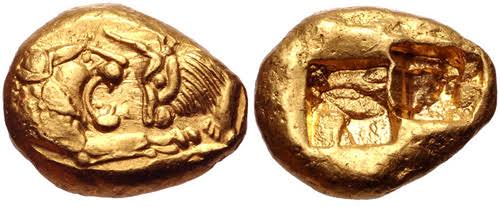
According to legend, King Croesus of Lydia, who ruled from 561 to 546 BC, is credited with being the first person to introduce true gold coins that were standardized in terms of their purity for general circulation. Croeseid, which is also known as the Gold Stater of Croesus, is the coin that took the place of the earlier electrum coins. The foreparts of a lion and a bull, which are facing each other, feature prominently in its design, which is a representation of power and wealth. The innovation that Croesus developed resulted in the creation of the world’s first bimetallic monetary system and paved the way for subsequent coinage.
7. The Titus Colosseum Sestertius of Ancient Greece
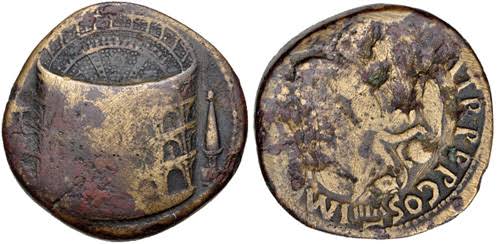
This Roman Sestertius, which was minted between the years 80 and 81 AD, is a commemorative coin that highlights Emperor Titus’s dedication of the Flavian Amphitheatre, which is more commonly referred to as the Colosseum. On the reverse of the coin is a depiction of the Colosseum and the Meta Sudans fountain that is among the most detailed and some of the earliest depictions of these landmarks. The coin in question is a historical artifact that provides a glimpse into the magnificent architecture of ancient Rome as well as the celebrations that marked the completion of the construction of the city. An incorrect identification of this coin as belonging to Ancient Greece has been made by the user; however, this coin is actually a Roman coin.
8. The Cleopatra/Mark Antony Denarius From Ancient Egypt

This silver denarius, minted around 32 BC, showcases a unique alliance in Roman and Egyptian history. The coin features the portraits of both Mark Antony and Queen Cleopatra VII, side by side. It was struck to commemorate their short-lived political and military union against Octavian. This coin is a rare and powerful representation of two of the most famous figures in antiquity, and a testament to the complex political landscape of the time. The user has incorrectly identified this as being from Ancient Egypt, though it was minted as part of a Roman-Egyptian alliance.
9. Port of Ostia Sestertius Roman Coin

A remarkable bird’s-eye view of the harbor of Ostia, Rome’s port city, is depicted on this sestertius, which was struck during the reign of Emperor Nero in the year 64 AD. The lighthouse, a statue of Neptune, and a number of ships in the harbor are all depicted from the perspective of the detailed reverse image. The harbor, a significant infrastructure project that was essential for feeding the city of Rome, was finally finished, and the coin commemorates this momentous occasion.
10. The Julius Caesar Portrait Denarius
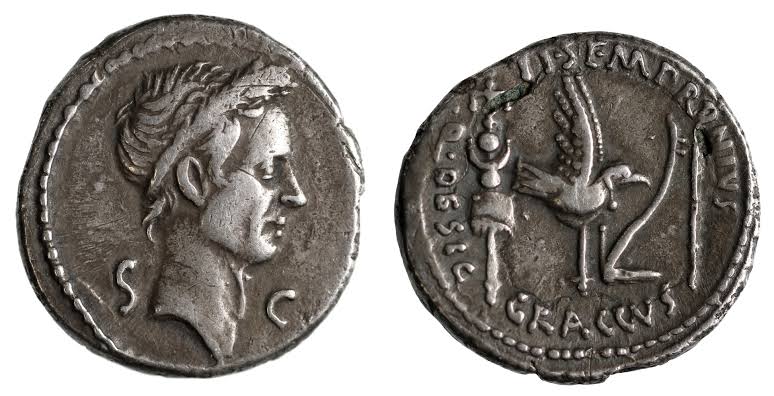
Within the realm of Roman numismatics, the Julius Caesar Portrait Denarius is a significant landmark. It was the first Roman coin to feature a portrait of a living person, and it was minted in the year 44 BC. The portrait was of Julius Caesar. As a bold political statement and a demonstration of Caesar’s immense power, this departure from the tradition of depicting gods and goddesses was a significant turn of events. The coin, which depicts Caesar wearing a laurel wreath, was interpreted by many people as evidence of his desire to become a monarch, which contributed to the fears that ultimately led to his assassination.





